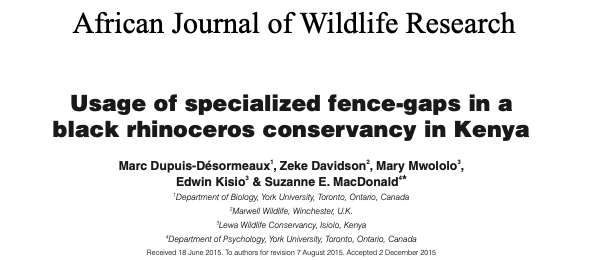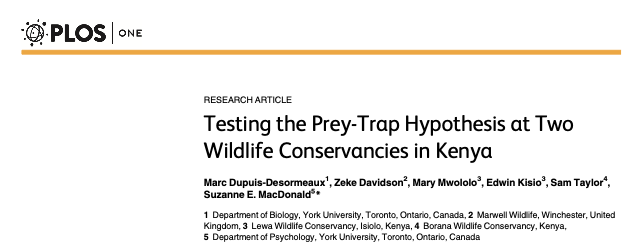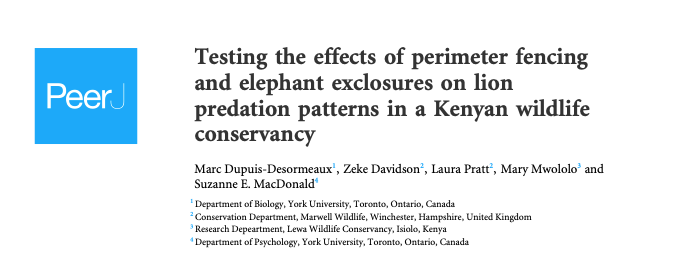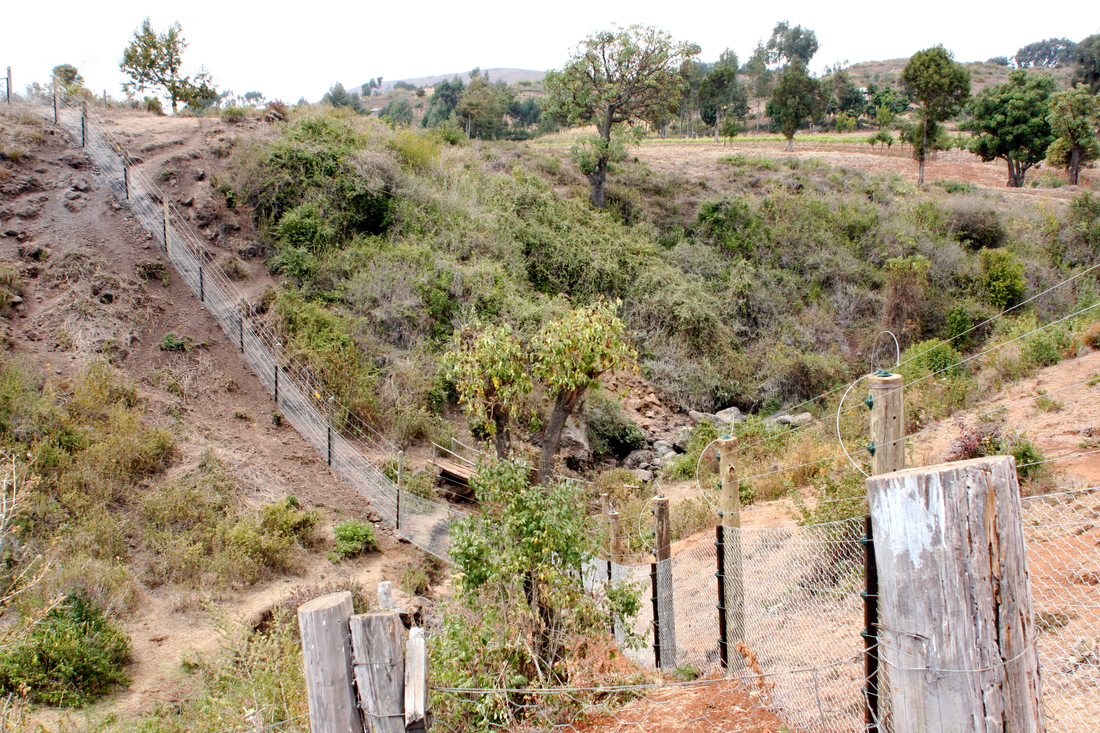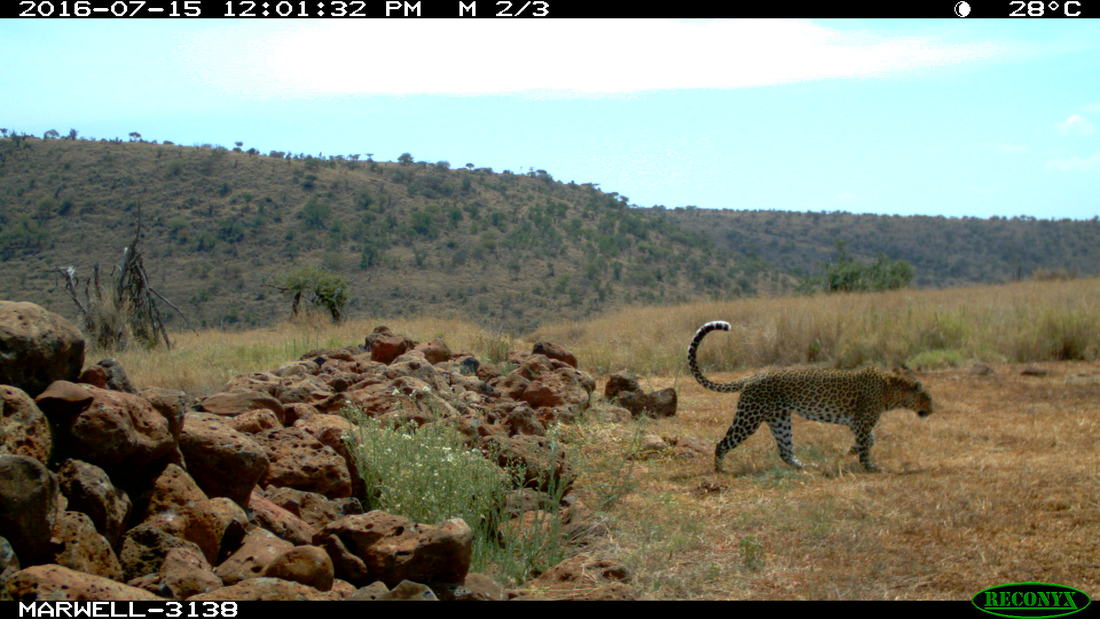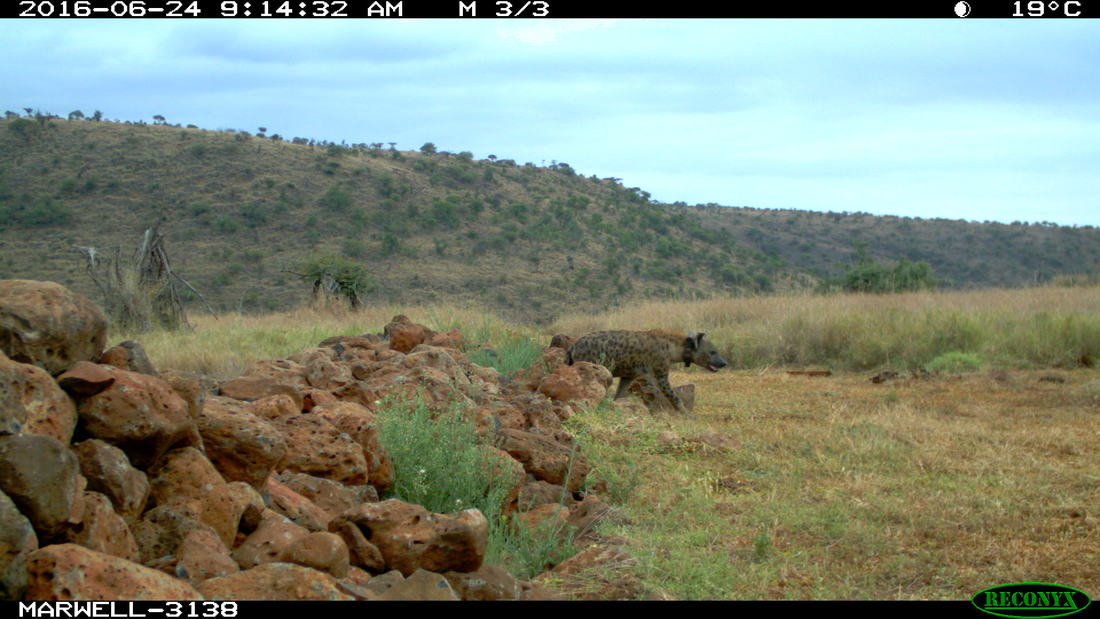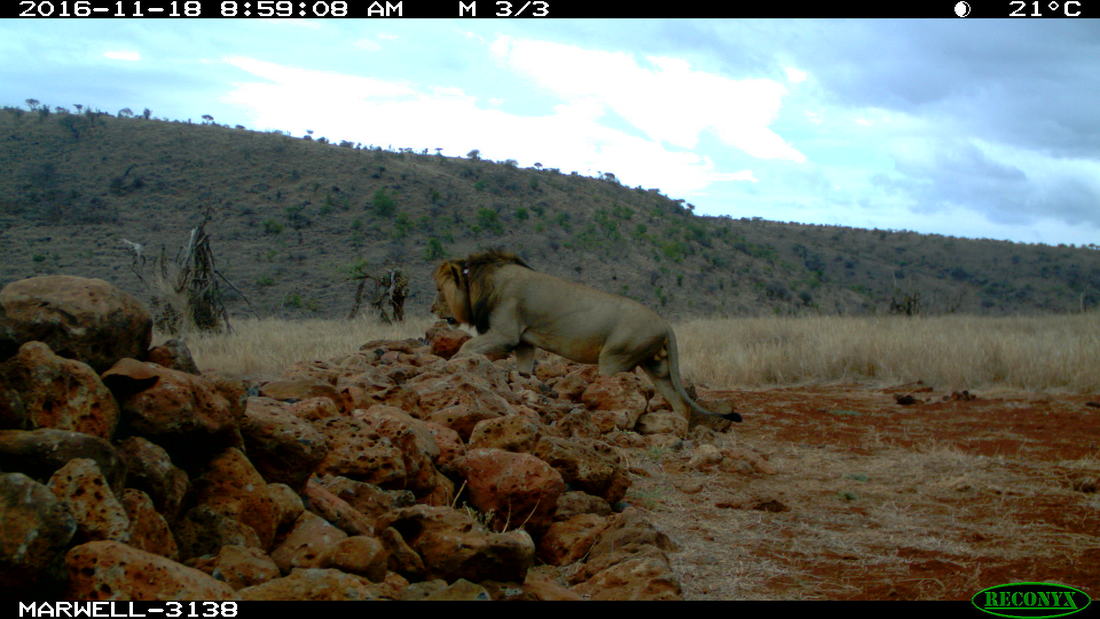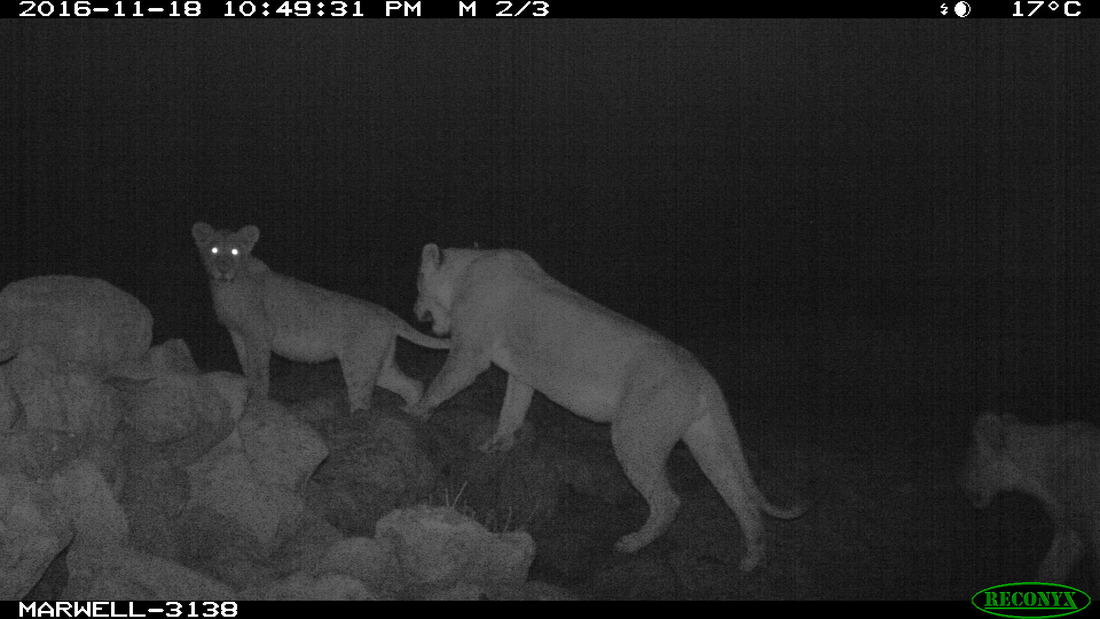|
Fencing is increasingly used in wildlife conservation.Keeping wildlife segregated from local communities, while permitting wildlife access to the greater landscape matrix is a complex task. We investigated the effectiveness of specially designed fence-gaps on animal movement at a Kenyan rhinoceros conservancy, using camera-traps over a four-year period. The fence-gap design restricted the movement of black and white rhinoceroses
but permitted the movement of other species. We documented over 6000 crossing events of over 50 000 individuals which used the fence-gaps to enter or leave the conservancy. We recorded 37 mammal species and two species of bird using the fence-gaps. We concluded that this fence-gap design was effective at restricting rhinoceros movement and at permitting other wildlife movement into and out of the conservancy. We recommended that fenced-in rhinoceros conservancies that desire enhanced connectivity consider this fence-gap design to help re-connect their reserves to the outside landscape matrix while continuing to provide enhanced protection for their rhinoceroses. The use of fences to segregate wildlife can also change predator and prey behaviour. Predators can learn to incorporate fencing into their hunting strategies and prey can learn to avoid foraging near fences. Our team has led several studies examining the role of fencing in migration and predatory behaviour. We looked into the possibility of prey-traps forming at pinch points in the landscape as well as along the perimeter fencing and with exclusionary fencing (meant to exclude mega-herbivores). We are also examining what happens to wildlife movement after perimeter fencing is removed. Collaborators:
|
Proudly powered by Weebly
